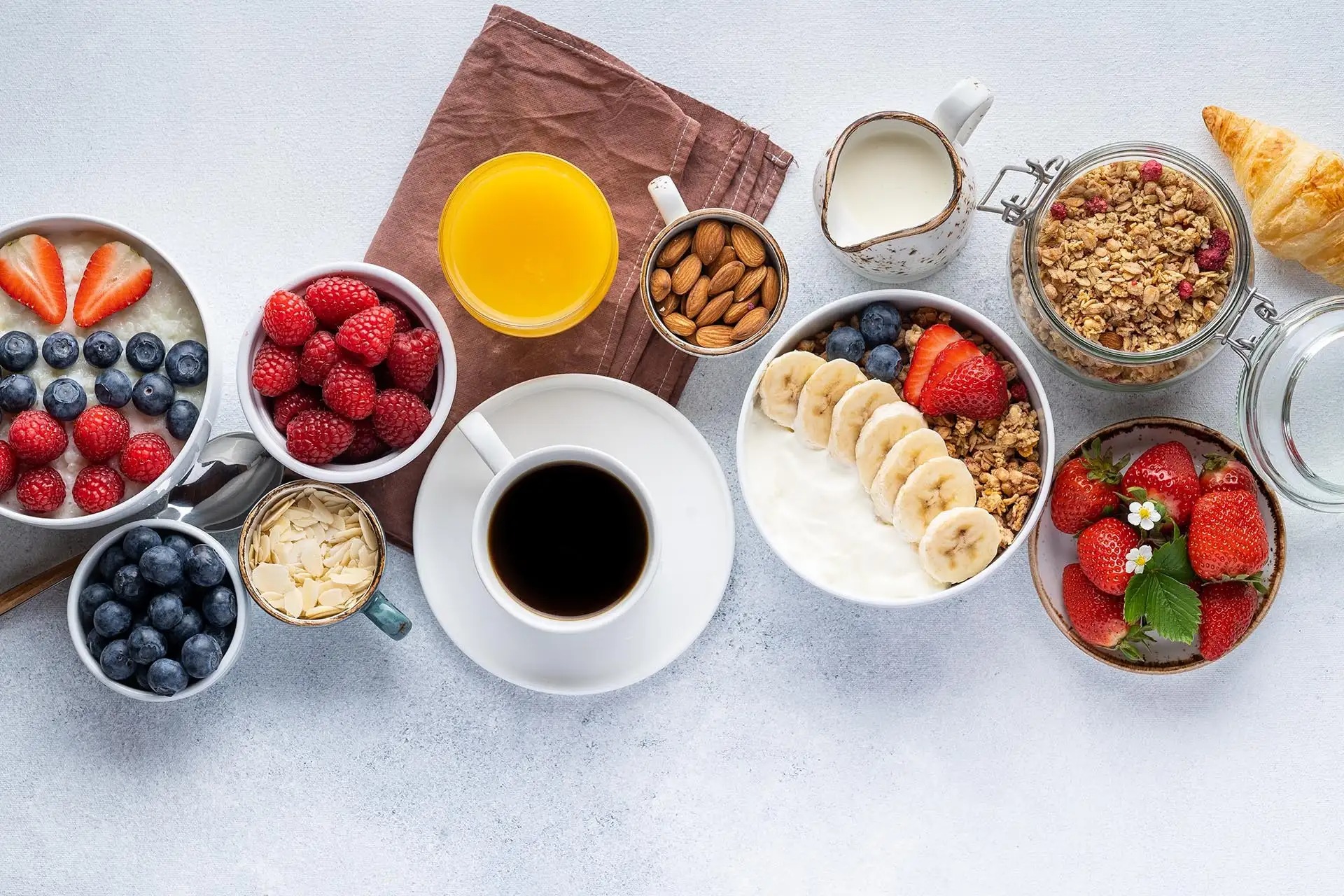In today’s hectic world, clutter—both physical and mental—can weigh heavily on our well-being. A cluttered environment often leads to increased stress, decreased productivity, and diminished peace of mind. Similarly, a cluttered mind filled with worries, distractions, and unresolved thoughts can impair focus and emotional balance.
Learning how to declutter your home and mind is a transformative process that promotes clarity, calm, and control. This comprehensive guide explores practical steps to clear your living space and mental landscape, empowering you to live a more organized and serene life.
The Connection Between a Cluttered Home and a Cluttered Mind
Our surroundings profoundly influence our mental state. Research shows that disorder in our environment can lead to elevated cortisol (stress hormone) levels and reduced cognitive function. Conversely, a tidy, organized space fosters creativity, relaxation, and productivity.
Similarly, mental clutter—persistent worries, multitasking, and negative self-talk—can cause anxiety, fatigue, and decision paralysis. Addressing both physical and mental clutter together creates a holistic foundation for well-being.
Step 1: Prepare Mentally and Set Intentions
Before diving into decluttering, cultivate the right mindset:
- Acknowledge that decluttering is a process, not a one-time task.
- Set clear intentions—why do you want a decluttered home and mind? For more peace, efficiency, or focus?
- Visualize the benefits of a clear space and calm mind.
- Commit to kindness toward yourself throughout the journey.
Having a strong “why” fuels motivation and persistence.
Step 2: Declutter Your Physical Space Methodically
Start Small and Prioritize
Tackling your entire home at once is overwhelming. Begin with manageable areas such as:
- A single drawer or closet.
- Your desk or entryway.
- Frequently used rooms like the kitchen or bedroom.
Focusing on high-impact spaces creates immediate satisfaction.
Use the Four-Box Method
Label four boxes: Keep, Donate, Sell, Trash. Sort items one by one:
- Keep what you use regularly or love.
- Donate or sell items in good condition but no longer needed.
- Trash broken or unusable things.
Ask yourself: “Have I used this in the past 6 months?” and “Does this bring me joy or serve a purpose?”
Organize and Store Efficiently
After decluttering, organize what remains:
- Use storage solutions that maximize space and accessibility.
- Keep frequently used items visible; store seasonal or occasional items.
- Label containers and maintain a consistent system.
A functional setup prevents clutter from returning.
Maintain Regular Decluttering Habits
Schedule periodic mini-decluttering sessions weekly or monthly. Consistency prevents buildup and reduces overwhelm.
Step 3: Declutter Your Digital Environment
Digital clutter can subtly impact mental clarity:
- Unsubscribe from unwanted emails and notifications.
- Delete unused apps and duplicate files.
- Organize documents into clearly labeled folders.
- Use password managers to reduce cognitive load.
- Set boundaries around device usage, such as tech-free zones or times.
A streamlined digital space fosters focus and reduces distractions.
Step 4: Declutter Your Mind Through Mindfulness Practices
Practice Meditation and Mindfulness
Daily meditation helps observe thoughts without judgment, reducing mental noise. Start with 5–10 minutes using guided apps or silent practice.
Journaling to Release Mental Clutter
Write down worries, to-dos, and reflections to offload your mind. This externalization clarifies priorities and eases anxiety.
Prioritize Tasks and Set Boundaries
Use tools like to-do lists and calendars to organize responsibilities. Learn to say no and delegate to avoid overwhelm.
Limit Multitasking and Embrace Single-Tasking
Focusing on one task at a time enhances efficiency and reduces cognitive fatigue.
Step 5: Foster a Minimalist Mindset
Minimalism encourages intentional living with less physical and mental clutter:
- Question the necessity of possessions and commitments.
- Choose quality over quantity.
- Simplify routines and habits to reduce decision fatigue.
- Embrace “enough” instead of excess.
This mindset shift sustains decluttering benefits long-term.
Step 6: Incorporate Self-Care and Stress Management
Physical and mental clutter often stem from stress and neglect:
- Prioritize quality sleep to rejuvenate mind and body.
- Engage in regular physical activity to boost mood and energy.
- Maintain social connections for emotional support.
- Practice relaxation techniques like deep breathing or yoga.
A balanced lifestyle reinforces clarity and calm.
Step 7: Create a Clutter-Free Environment That Supports Well-Being
Design your living space to nurture serenity:
- Use neutral colors and natural materials to evoke calm.
- Maximize natural light and airflow.
- Incorporate plants for oxygen and mood enhancement.
- Keep surfaces clear of unnecessary items.
A peaceful environment encourages mindful living.
Step 8: Seek Support When Needed
Decluttering—especially mental—can be challenging:
- Enlist friends or family for physical decluttering assistance.
- Join minimalism or organization communities for motivation.
- Consult mental health professionals if overwhelmed by anxiety or intrusive thoughts.
Support increases accountability and provides valuable perspectives.
Benefits of Decluttering Home and Mind
Clearing clutter yields profound rewards:
- Reduced stress and anxiety.
- Enhanced focus and creativity.
- Improved productivity and time management.
- Greater emotional resilience.
- More space for meaningful experiences and relationships.
- Increased satisfaction and happiness.
The investment in decluttering pays dividends in quality of life.
Conclusion
Decluttering your home and mind is a powerful pathway to reclaim control, peace, and joy in life. By approaching physical spaces and mental habits with intention and compassion, you build a foundation for clarity and fulfillment.
Start small, remain consistent, and nurture a minimalist mindset. The journey transforms not only your environment but your entire outlook.


